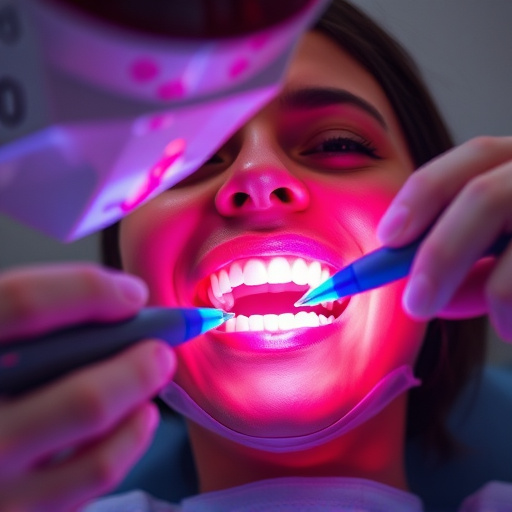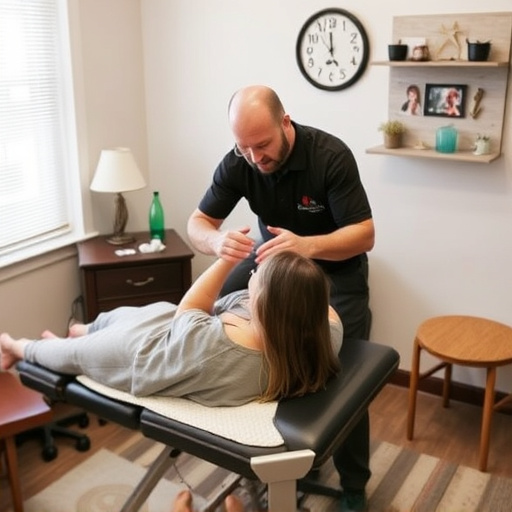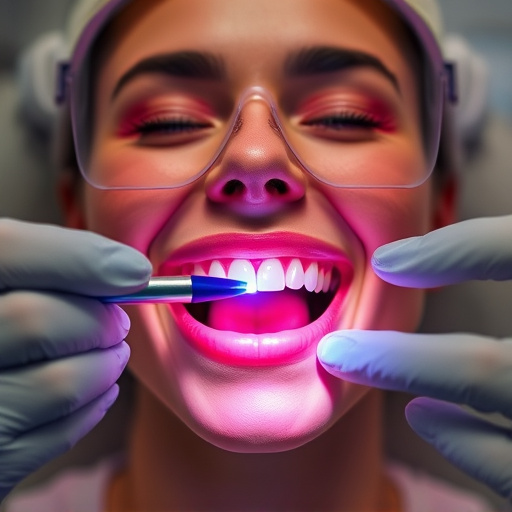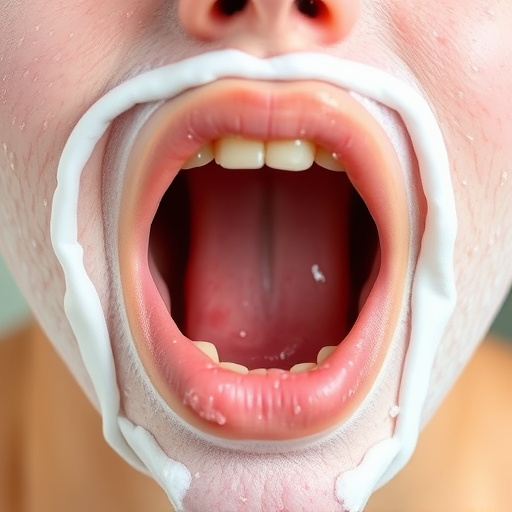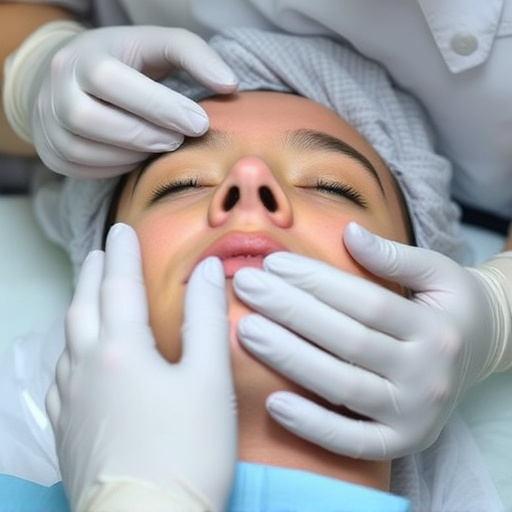The U.S. Food and Drug Administration (FDA) rigorously tests and approves skin treatments, ensuring safety and efficacy. This includes a range of FDA-approved procedures like topical creams, laser therapies, chemical peels, IPL therapy, and customized facials. These innovations, such as retinol, vitamin C, peptides, neurotoxins, and fillers, offer non-invasive solutions for anti-aging, acne, and hyperpigmentation, revolutionizing dermatological care with improved patient outcomes.
Dermatologists now have access to an impressive array of FDA-approved skin treatment procedures, offering unprecedented safety and efficacy. This article explores these groundbreaking methods, providing valuable insights from leading dermatologists. We’ll delve into how the FDA ensures product safety and effectiveness, and highlight top innovations transforming modern dermatological practices. Discover the latest trends in FDA-approved skincare, unlocking healthier, more radiant complexions.
- Unlocking Safe and Effective Skin Treatments: An Overview of FDA Approved Procedures
- The Science Behind These Approvals: What Makes a Procedure FDA-Approved?
- Top FDA Approved Skincare Innovations: Transforming Dermatological Practices Today
Unlocking Safe and Effective Skin Treatments: An Overview of FDA Approved Procedures
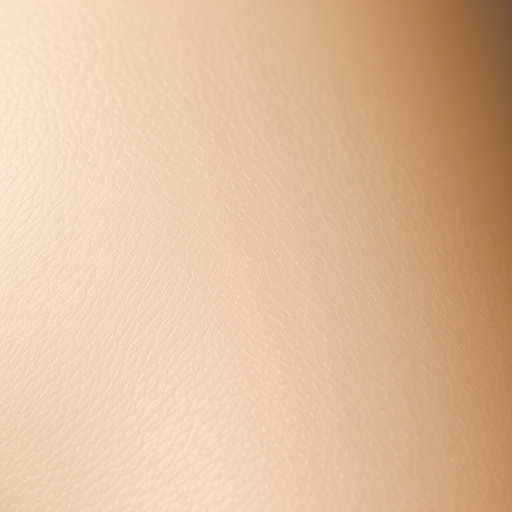
The U.S. Food and Drug Administration (FDA) plays a pivotal role in ensuring that the skin treatments we use are safe and effective. By setting rigorous standards, they unlock access to innovative procedures that offer tangible benefits for various skin concerns. Today, dermatologists have at their disposal an array of FDA-approved options ranging from topical creams to advanced laser therapies, revolutionizing the way we approach skincare.
These approved procedures cater to diverse needs, including anti-aging treatments and non-surgical interventions. One notable trend is the growing emphasis on personalized skincare, where treatments are tailored to individual skin types and genetic predispositions. This precision approach ensures that each procedure is optimized for maximum efficacy while minimizing potential side effects, marking a significant milestone in the pursuit of healthy and radiant skin.
The Science Behind These Approvals: What Makes a Procedure FDA-Approved?

The Food and Drug Administration (FDA) approval process for medical procedures is a stringent and scientific evaluation that ensures safety and efficacy. For any procedure to receive FDA approval, rigorous testing and clinical trials are required. These trials involve extensive research, often spanning years, during which the procedure’s effectiveness and potential risks are meticulously studied on human subjects. The data collected from these trials provides compelling evidence that supports or refutes a treatment’s claim for safety and efficacy.
In the realm of dermatology, FDA-approved procedures encompass a wide range of treatments, including chemical peels and advanced acne treatments, which have been rigorously tested to demonstrate their ability to improve skin conditions. For instance, while chemical peels have long been used in dermatological practices, their formal approval by the FDA ensures that practitioners can confidently recommend these treatments for specific skin concerns, such as fine line reduction and improved skin texture, with a lower risk of adverse effects. Similarly, innovative acne treatments undergo extensive scrutiny to prove their superiority over existing options, ultimately providing patients with more effective solutions for managing this common skin issue.
Top FDA Approved Skincare Innovations: Transforming Dermatological Practices Today
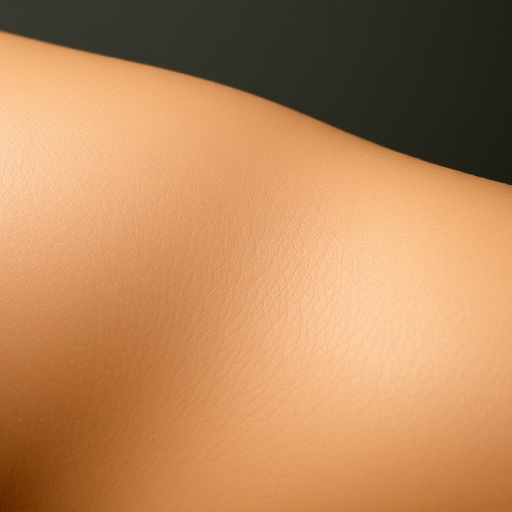
The Food and Drug Administration (FDA) plays a pivotal role in regulating medical devices and procedures, ensuring their safety and efficacy. In dermatology, this has led to groundbreaking innovations that are transforming skincare practices today. One of the most notable FDA-approved skincare advancements is the emergence of intense pulsed light (IPL) therapy for skin rejuvenation. IPL offers a non-invasive approach to treating various skin concerns, from reducing age spots and freckles to improving texture and tone, making it a popular choice among dermatologists and patients alike.
Additionally, customized facials using active ingredients like retinol, vitamin C, and peptides have gained significant traction. These tailored treatments address individual skin needs, offering targeted solutions for anti-aging, hyperpigmentation, and acne. Furthermore, FDA-approved devices for wrinkle reduction, such as neurotoxins (e.g., Botox) and fillers, provide effective and safe methods to minimize fine lines and wrinkles, enhancing facial aesthetics. These innovations showcase the continuous progress in dermatological science, offering patients more options and improved outcomes.
In conclusion, the journey towards unlocking safe and effective skin treatments has been greatly guided by the FDA’s stringent approval process. By understanding the science behind these approvals and exploring top innovations, dermatologists today can offer transformative solutions to their patients, leveraging the best of modern skincare technology. The future of dermatology promises even more groundbreaking advancements thanks to ongoing research and the continuous evaluation of new FDA-approved procedures.



